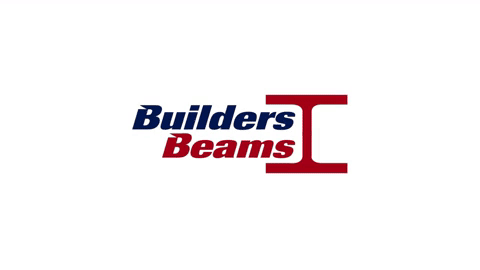The process of preparing a surface for welding involves a series of meticulous steps designed to remove any contaminants that could compromise the quality of the weld. Each method serves a specific purpose and, when used in combination, ensures that the metal surface is optimally prepared for welding.
Cleaning Methods
- Degreasing: This is the first step in surface preparation. Degreasing involves removing oil, grease, and similar substances using solvents or degreasing agents. This can be done through wiping, spraying, or immersing the metal in a degreasing solution. It’s crucial to use the correct solvent for the specific type of contaminant and metal.
- Wire Brushes: Wire brushing, either manually or with powered tools, is effective for removing loose material such as rust, scale, and paint. It’s important to use brushes made from a material that is harder than the base metal to ensure effective cleaning without damaging the surface.
- Chemical Cleaners: For more stubborn contaminants, chemical cleaners can be applied. These are especially useful for removing residues that are not easily dissolved by solvents, like certain types of paint or heavy oxidation layers.
Mechanical Preparation
- Grinding: Grinding is a powerful method for removing heavy scale, rust, or old welds. It provides a smooth, clean surface but requires skill to avoid altering the metal’s properties or dimensions.
- Sanding: Sanding, either manually or using power tools, is used for finer cleaning and smoothing of the surface. It’s particularly useful for preparing thinner metals or more delicate workpieces.
- Blasting: Abrasive blasting, such as sandblasting or shot blasting, is an efficient way to clean large or complex surfaces. This method uses high-velocity abrasive materials to mechanically clean the metal surface.
Chemical Treatment
- Rust Removers: These chemicals are designed to dissolve rust and scale without damaging the base metal. They are particularly useful for restoring heavily corroded surfaces.
- Phosphating: Phosphating treatments create a layer of phosphate crystals on the metal surface, providing improved paint adhesion and corrosion resistance. This is often used as a pre-treatment step before painting or coating.
Inspection
Before proceeding with welding, it’s essential to inspect the surface thoroughly. This inspection should confirm that all contaminants have been removed and that the surface is free of scratches, pits, or other imperfections that could affect the weld. In some industries, this may involve using specific inspection techniques or equipment to ensure the highest standards of surface cleanliness are met.
Adhering to these best practices in surface preparation not only enhances the quality of the welding but also contributes significantly to the overall safety and longevity of the welded structure.
Categories
Archives
- April 2024 (5)
- March 2024 (2)
- February 2024 (1)
- January 2024 (3)
- December 2023 (2)
- November 2023 (1)
- September 2023 (4)
- August 2023 (3)
- July 2023 (1)
- June 2023 (7)
- May 2023 (2)
- April 2023 (14)
- March 2023 (15)
- February 2023 (7)
- January 2023 (6)
- December 2022 (5)
- November 2022 (1)
- October 2022 (4)
- September 2022 (3)
- August 2022 (1)
- July 2022 (2)
- June 2022 (2)
- April 2022 (4)
- March 2022 (1)
- February 2022 (1)
- December 2021 (3)
- March 2021 (2)
- October 2020 (1)
- September 2020 (1)
- July 2020 (1)
- June 2020 (1)
- May 2020 (2)
- April 2020 (2)
- March 2020 (3)
- February 2020 (2)
- January 2020 (1)
- December 2019 (2)
- November 2019 (1)
- October 2019 (1)
- September 2019 (3)
- August 2019 (1)
- July 2019 (4)
- June 2019 (4)
- May 2019 (1)
- April 2019 (4)
- March 2019 (2)
- February 2019 (4)
- January 2019 (4)
- December 2018 (4)
- November 2018 (4)
- October 2018 (5)
- September 2018 (6)



